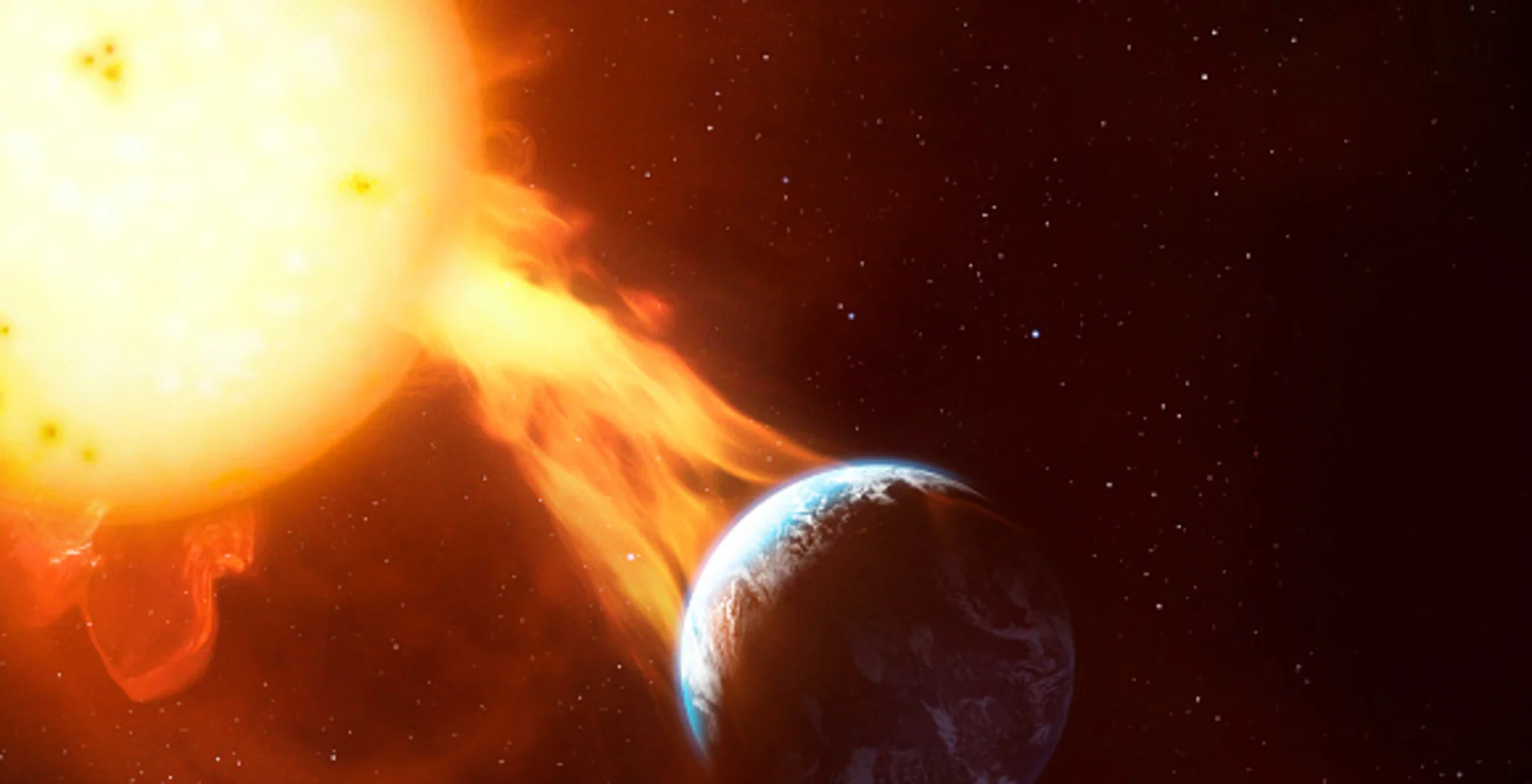
The devastating impact of a massive solar storm on internet connectivity
Journey with us as we unveil the overpowering forces of nature and the vulnerabilities of our digital world.
A solar storm occurs when the sun emits abnormally high amounts of electromagnetic radiation. When these coronal emissions collide with the Earth's atmosphere, they disrupt the magnetic field and serious consequences can occur.
The electricity network would be in danger
On March 13, 1989, a massive flow of solar plasma paralyzed Quebec. Within two minutes, the power grid collapsed due to underground electrical currents generated by the solar storm. Nine hours of darkness were experienced by Quebecers as a result of these currents.
RELATED: How to get the most out of meteor showers and other night sky events
Quebec is particularly vulnerable to magnetic storms due to its high latitude, like Scandinavian countries. Furthermore, the Canadian Shield prevents the electrical currents generated by the storm from freely circulating. Thus, these currents take advantage of the low resistance of the network circuits to infiltrate until they cause it to trip.
There are security measures in place at Hydro-Québec, including real-time alerts and recalibration of protective equipment.

Earth and coronal mass injection, illustration - stock illustration. Getty Images/MARK GARLICK/SCIENCE PHOTO LIBRARY (Creative #: 1359393308)
Interrupted communications
Satellites play a crucial role in everyday communications. If a major solar storm occurred, the particles emitted by the solar plasma flow would directly affect the satellites, since they are not protected by the Earth's atmosphere. Without them, communicating electronically would be very difficult. US scientists estimate that a single day's outage of the Internet would cost $7 billion. If a major solar storm occurred today, an internet outage could last for several weeks.
The consequences of such a scenario would be catastrophic in a communications-driven world.
Watch the video above to learn more about the dangers of solar storms here on Earth
Sources: kbve-srbe.be | ics.uci.edu | hydroquebec
This article was originally published for The Weather Network's French counterpart MétéoMédia











